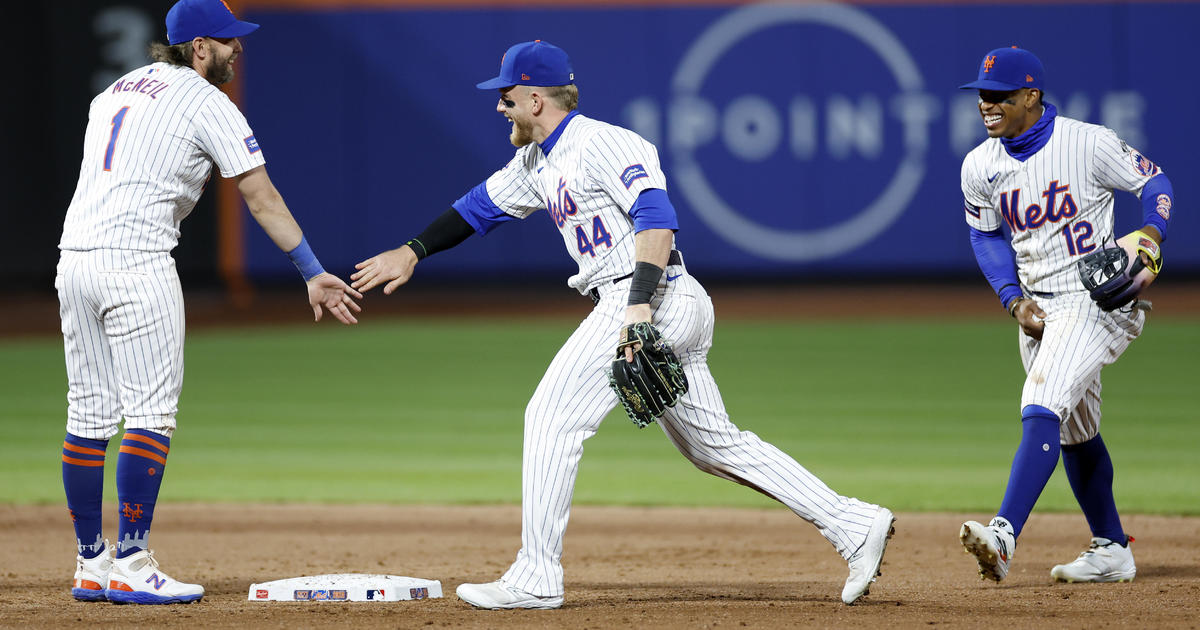By The Numbers: Understanding The Balk
By Father Gabe Costa
» More Columns
Mr. Joseph Von Lehman is this semester's next to last sabermetrics student to appear as a guest blogger. He gives an interesting "mini-tour" of The Balk.
Joseph Von Lehman:
"I never called a balk in my life. I didn't understand the rule."
– Ron Luciano (MLB umpire 1969-1979)
Unfortunately all sports have a degree of subjectivity to them and can never have perfect officiating without mistakes. Although this subjectivity can be minimized through more clear-cut rules and advances in technology like the instant replay, it can never be fully removed from the game. There will always be rules that must be interpreted and calls that must be made by officials using their best judgment.
Baseball is studied as a science by many managers, fans, and historians today. We call this science Sabermetrics – the search for objective knowledge about baseball. Through this science we attempt to mitigate all of the subjectivity through large, often complex equations. Factors, such as the different ball parks in which players compete, are taken into account in ways which may look confusing, but are often surprisingly accurate and useful.
There is one aspect of baseball which still confuses the biggest fans, and many argue that it is too subjective, if even necessary in the manner which it is enforced. This aspect of baseball is the balk.
The balk is one of the most confusing, poorly understood, and obscure aspects in baseball.
The first time the term balk was defined was in 1857, which simply made it illegal for a pitcher to step over a line 45 feet away from home plate while delivering a pitch. The penalty, if a balk occurred, was that each base runner would advance one base.
The balk rule was officially introduced into Major League Baseball in 1898. Today Section 8 of the official MLB Rules, which outlines the rules for pitchers, is over 3600 words in length. It outlines exactly what a pitcher can and cannot do, and which actions result in a bulk. Over the years there have been many forms of balks added to the rule book, and the definitions of these balks have been made more and more specific.
In 1988 the following small change was made to one of the motions to result in a bulk:
Baseball Official Rule 8.01(b): The pitcher, following his stretch, must (a) hold the ball in both hands in front of his body and (b) come to a complete stop.
1988 Baseball Official Rule 8.01(b): The pitcher, following his stretch, must (a) hold the ball in both hands in front of his body, and (b) come to a single complete and discernible stop, with both feet on the ground.
These modifications were intended to make the rule more clearly defined for umpires who regularly called balks, by naturally using their own subjective opinions as to what constituted a "complete stop". However, the result was not an improvement on the obscure rule, but a disaster! The season of 1988 would come to be known as The Year of the Balk. The new "discernible stop, with both feet on the ground" was apparently too strict of a requirement for pitchers to follow, thereby making it significantly easier for umpires to call balks.
Previous to 1988, the MLB record was 356 balks in one single season. The 1988 season started off with 73 balks called during the first week. With the new stricter stop rule it only took six weeks for that record to be broken, with the 357th balk committed by Atlanta Braves pitcher Rick Mahler.
Players, fans, and managers alike showed their annoyance and disapproval of this new unpopular rule. When the legendary Pete Rose received a one month suspension for shoving an umpire, it didn't help the situation. Showing his frustration with the rule, Yankees' manager Billy Martin told his pitchers that they should stop for five minutes between every pitch! The single season balk record was set by Dave Stewart, who received it playing for Oakland in 1988. He compiled an astounding total of 16 balks that year.
By the end of the season a total of 924 balks were called (366 in the NL and 558 in the AL).
The next year the "complete stop" rule was changed back and it remains the same today. The following season the number of balks dropped dramatically and hasn't risen anywhere near 1988 levels since.
I will finish the blog with a few thoughts and questions. Today some still argue that, except for the pitcher having to keep at least foot on the rubber while pitching, the balk is an unnecessary rule. Many ask why shouldn't a pitcher be able to fake a throw to home plate with a foot on the rubber, or to any other base, with or without a foot on the rubber? Why must a catcher be in the catcher's box especially during an intentional pass, in fact is the catcher's box really necessary at all? In fact, there is even a rule dealing with a catcher's balk!
But I'm all balked out!
References:
http://www.baseball-almanac.com/rulemenu.shtml
http://mlb.mlb.com/mlb/official_info/official_rules/pitcher_8.jsp
http://reconditebaseball.blogspot.com/2008/08/balks-story-of-1988-major-league.html



